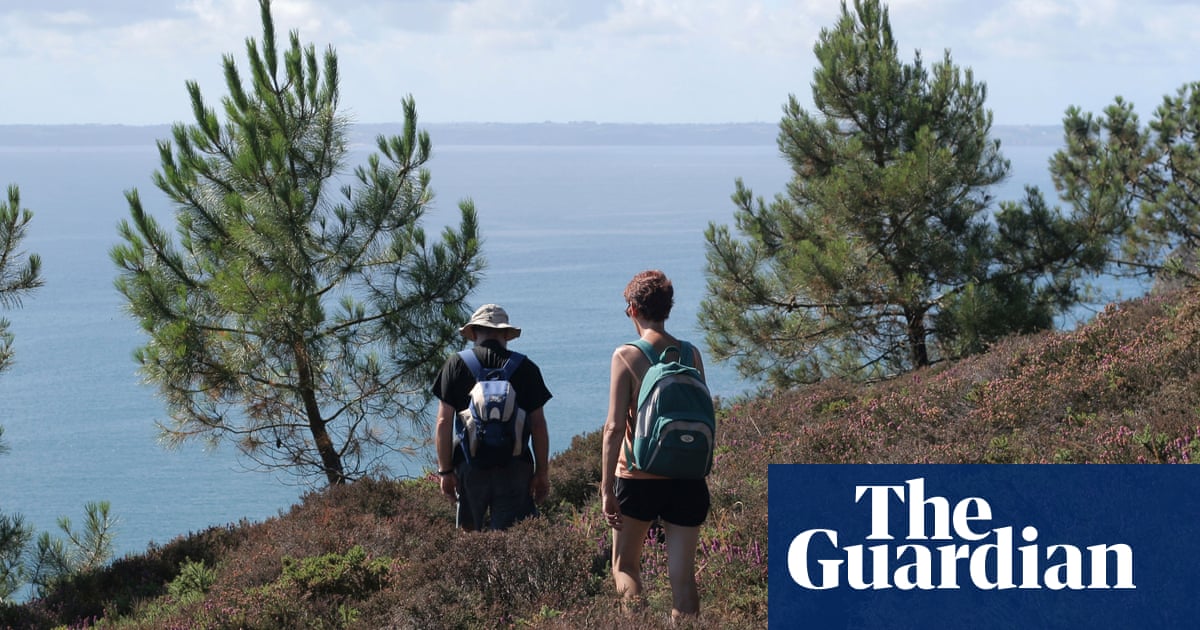They say walking is the best medicine and you could spend months walking off your troubles along the sentier des douaniers (customs officers’ path), which winds for more than 1,240 miles (2,000km) around the bays and headlands of the Breton coast. However, me and my perennial walking companion, an Irishman who lives in Bath, settled for a five-day, 55-mile stretch along the southern Crozon peninsula.
As we agreed not to fly, he took the train to Plymouth, the ferry to Roscoff and buses from there, while I took the train from Barcelona and, after a night in Paris, another train to Quimper and a bus to our starting point at Camaret-sur-Mer.
Much has been written about the physical and therapeutic benefits of walking but there’s a big difference between going solo and walking with someone else. You have to be compatible physically, obviously, but just as important is understanding that, to benefit from the Zen of walking, you need periods of silence.
On our annual walks, the Irishman and I have reached an understanding of when to walk and talk and when to shut it.
Camaret is a pretty fishing village that these days lives as much off tourism and pleasure boating as fish. There are bars and the ubiquitous crêperies along the waterfront, as well as an excellent restaurant in the Hotel de France.
On day one we had the option of a shorter (nine miles) or longer (13 miles) route. We opted for the shorter walk to Morgat, another fishing port but with swimming beaches where there are kayaks and paddleboards for hire.
The first day takes you through woodland before you follow a narrow clifftop path across moorland brightened by yellow gorse, pink clover and the occasional purple orchid. The path is accessible for anyone of any age who is reasonably fit and has a decent pair of walking boots. Much of the landscape is scrub, steep cliffs and sandy coves, reminiscent of Cornwall with a touch of Donegal.
This part of Lower Brittany is where you are most likely to hear people speak Breton, a Celtic language closely related to Cornish and Welsh. It was once the language of the wealthy, then the poor and now mainly older people. It is classified as “severely endangered” by Unesco.
Some people may get a kick out…
Click Here to Read the Full Original Article at Travel | The Guardian…
